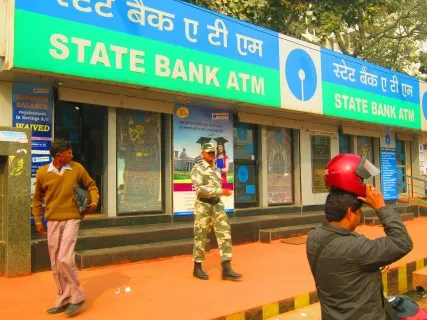
India's massive bailout fails to buoy banks out of earnings rut
Little will be left for lending from the government’s $32b capital injection.
Reuters reports that the Indian government’s massive $32b recapitalisation programme may only buoy banks just enough to stay afloat but may not be able to give the lenders a much-needed boost from their protracted earnings slump.
Thirteen state banks have reported combined losses of $8.6b for the year to March - including $6.5b in the last quarter - and their non-performing loans have surged nearly a fifth from end-December levels brought about by ballooning slippages in the metals and power sector.
Also read: Bad loans bog down Indian state banks with $1.4b loss in Q4
“The government capital is only going to just plug the hole, there is definitely no growth capital,” said Udit Kariwala, an analyst at Fitch Ratings’ India Ratings & Research.
A significant amount of the capital from the government’s bailout programme may be shaved off just to meet capital requirements as global banking rules requiring banks to have 8% minimum capital ratio kicks into effect by March 2019, further aggravated by the central bank’s tightening bad loan accounting rules and withdrawal of six loan restructuring schemes.
Also read: Can Indian banks weather the last wave of bad loan resolution?
India’s bad loan problem has seeped over to the private banking sector as non-performing assets ballooned by a whopping 450% from $2.91b (Rs 19,800 crore) at the end of FY2013-2014 to $16.03b (Rs109,076 crore) at the end of March. The surge in NPAs is attributed to a circular issued by the central bank changing the restructuring of stressed assets which entailed tighter disclosure on NPAs, leaving little room for banks to understate their bad loan levels.
Banks need $11.87b to $14.84b (800bto 1t rupees) just to fund soured-asset provisions and maintain minimum capital ratios, which means there will be little left from the bailout for lending growth, estimated Kariwala.
"Increased provisioning will hurt the banks' profitability, and weaker public sector banks in particular will continue to report losses in the next fiscal year, adding pressure on their capital ratios," said Moody's Vice President and Senior Analyst Alka Anbarasu.
Here’s more from Reuters:
















 Advertise
Advertise






